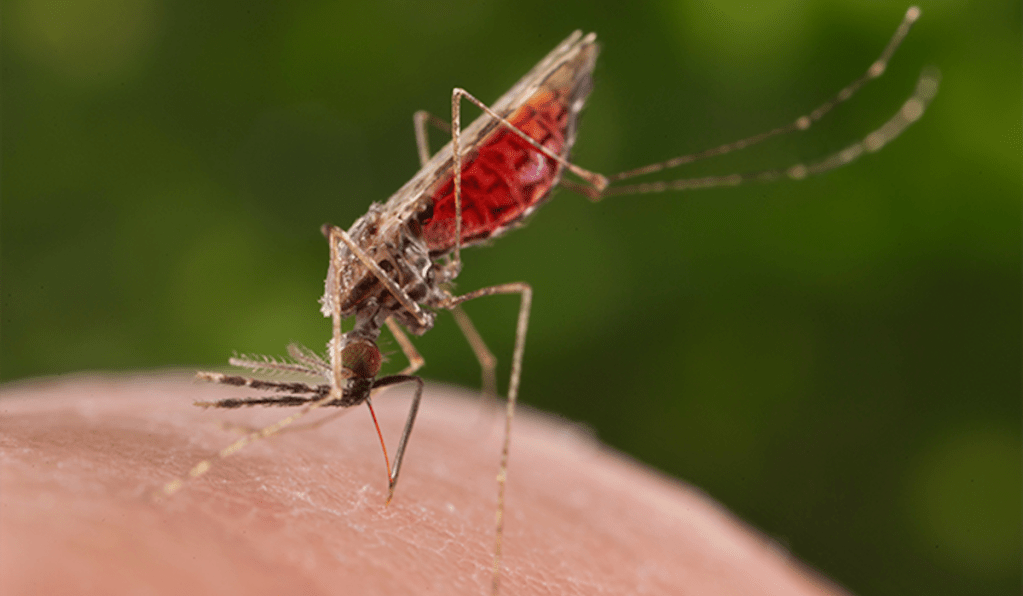World War II was the first US war in which combat killed more soldiers than disease. Before then, getting sick was riskier than being attacked. In the Civil War alone, roughly two thirds of the casualties were caused by illness. Naturally, some diseases were more deadly than others.
These nine diseases were once some of the most feared biological opponents.
Scurvy
If your mom ever pestered you about getting enough vitamin C, she had a point. During the Civil War, there were 30,714 cases of scurvy, also known as vitamin C deficiency. Scurvy was most common in sailors who had little access to fresh fruits and vegetables, which are natural sources of the essential vitamin.
Symptoms start out mild with fatigue and soreness. The longer you’re missing out on your daily dose of vitamins, the worse it gets. Limbs begin to swell and become weak, wounds take longer to heal, and skin may bruise and bleed easily. Losing teeth and developing jaundice are other common (and less than pleasant) side effects. Left untreated, scurvy is eventually fatal.

Typhoid
The kind of Salmonella that people get from sneaking a bite of raw cookie dough is no fun, but it’s a breeze compared to one of its cousins. Typhoid fever is caused by a variation of Salmonella that causes symptoms for weeks, or even months, on end.
Typhoid symptoms vary in severity, and they don’t come on until up to a month after exposure. They begin with a high fever, followed by abdominal pain, muscle weakness, headaches, and sometimes vomiting. Rashes are also common. It might not sound so bad, but complications like intestinal hemorrhaging, encephalitis, and pneumonia are common and potentially lethal. During the Civil War, typhoid caused 34,833 deaths among Union soldiers.
Malaria
In WWI, troops on both sides were surprised by a silent adversary: malaria. Malaria is a parasite that is delivered to unsuspecting victims by the bite of an infected mosquito. Within about two weeks, flu-like symptoms begin. If not treated immediately, symptoms progress rapidly. While children are especially at risk, adults are far from safe. Adult victims commonly experience multi-organ failure, respiratory distress, anemia, and other life-threatening symptoms.
By the time WWI hit, the military was aware of the cause of malaria, but they didn’t realize how common it was throughout parts of Europe. Because of this, wartime preventative measurements were woefully insufficient. About 617,150 cases and 3,865 deaths were reported among the allied troops, while the axis powers suffered 562,096 cases and 23,351 deaths. The difference in fatalities was likely due to better malaria management practices by the Allied Powers.
Pneumonia
While pneumonia is still common today, we’re much better equipped to deal with it than Civil War soldiers were. If you’ve never experienced it, consider yourself lucky. Pneumonia causes a severe cough, stabbing chest pain, intense fatigue, fever, chills, and shortness of breath. Most cases can be treated by antibiotics, but it can be deadly in at-risk individuals. While advanced age is the most common risk factor, the poor living conditions and nutrition of Civil War troops resulted in 77,335 cases and 19,971 deaths. About one in six of those who acquired the illness died of it, including Stonewall Jackson.
Dysentery
Of all the diseases during the Civil War, dysentery was one of the worst. Dysentery is an intestinal infection that causes severe, bloody diarrhea. The symptoms are similar to most stomach bugs, with abdominal cramping, nausea, fever, and sometimes vomiting, only worse. The dehydration it often causes can be severe enough to be life-threatening.
It accounted for upward of 95,000 deaths between both armies, but those numbers may not capture the full extent of the illness’s impact. The discomfort from dysentery left soldiers weak and more prone to being injured in battle. The deaths that followed were often attributed to battle wounds, when dysentery may have dealt the final blow.
Dysentery still occurs today, but it’s much less common due to better hygiene practices. Civil War soldiers had little idea of proper sanitation methods, and they often built latrine pits near the same streams they drank from. Oops.

Smallpox
Smallpox was fairly uncommon during the Civil War, but it was the most infamous of all the wartime diseases. There were over five times as many measles cases than smallpox cases, but more soldiers still died of smallpox. If you got it, you had nearly a 40% chance of dying from it.
To add to the fear, people were so desperate to guard themselves against the ominous illness that some attempted DIY vaccinations. They injected themselves with material from other people’s sores, but the sores weren’t always caused by smallpox. Some managed to give themselves gangrene or syphilis with their medically-unsound immunity treatments.
Cholera
Cholera is acquired in the same way that dysentery is; by consuming contaminated food or water. Symptoms can be mild, but severe cases can cause life-threatening dehydration. Without treatment, the dehydration can be so severe that kidney failure results, plus shock, coma, and death. Cholera impacted numerous wars, coming in a series of five brutal outbreaks before improvements in sanitation practices were applied.
Tuberculosis
Tuberculosis is one of the more mysterious of the afflictions that has affected US soldiers. It’s caused by a mycobacteria that’s transmitted through the air, most commonly spreading to the lungs. It can rest dormant in the body for months or years with no symptoms, but the symptoms are severe when they reemerge. Those infected develop a chronic cough, intermittent fever, weight loss, and night sweats. Untreated, they begin coughing up blood, and the prognosis isn’t great; only about half survive.
The cramped conditions of Civil War camps contributed to the rapid spread of tuberculosis. 6,497 soldiers from the Union Army officially died from it, but many more were discharged due to the illness and died later.
Influenza
The flu has been around as long as we can remember, but one flu pandemic was especially destructive. The so-called Spanish Flu infected around a third of the global population, and about 50 million people died; more than twice those killed in WWI.
While most flu outbreaks hit young children and the elderly harder than healthy adults, something about the Spanish flu was different. Plenty of young adults were killed by the pandemic two, including those serving in the armed forces. Roughly 45,000 American soldiers died of either influenza, or the pneumonia that often followed.
Thankfully, modern medicine has helped US soldiers to stay as pandemic-safe as they can be. That, and no more drinking from contaminated latrine streams!
Read more on WATM:
The best military history books of 2022
Ukraine is getting these 3 armored fighting vehicles from the US, France and Germany








